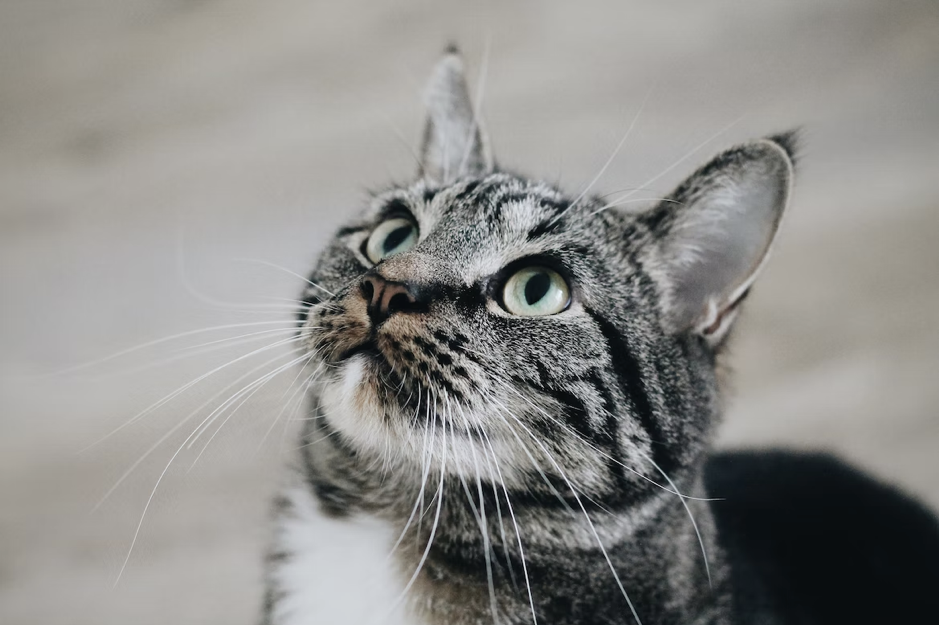Cats are fascinating creatures that have captured the hearts of humans for thousands of years. Despite being independent and aloof at times, they still manage to communicate with us in their own unique ways. As cat owners, it is important to understand their language in order to provide them with the best care possible. So, let’s take a closer look at the purrfect language and learn how to decode your cat's communication.

Body Language
Cats are very expressive creatures, and their body language is one of the most important ways they communicate with us. Here are a few things to look for:
Tail – When a cat's tail is upright and twitching, it usually means they are excited or happy. If their tail is tucked between their legs, it usually means they are scared or anxious. A relaxed tail means they are content.
Ears – A cat's ears can tell you a lot about their mood. When their ears are forward and upright, they are curious or interested. If their ears are flattened against their head, they are scared or angry.
Eyes – A cat's eyes can also tell you a lot about their mood. Dilated pupils usually mean they are scared or excited, while constricted pupils mean they are angry or uncomfortable.
Posture – A relaxed, open posture usually means a cat is content and happy. A hunched or crouched posture usually means they are scared or anxious.
Vocalizations
Cats are known for their vocalizations, and they use them to communicate a variety of things. Here are a few examples:
Meow – Cats meow for a variety of reasons, such as to greet you, to get your attention, or to ask for food or water.
Purr – Cats purr when they are happy or content, but they can also purr when they are in pain or scared.
Hiss – A hiss usually means a cat is scared or angry and is a warning to stay away.
Growl – A growl is also a warning and usually means a cat is feeling threatened.
Chirp – Cats chirp when they are excited or happy and are often used when they see birds or other prey.
Understanding your cat's vocalizations can help you respond appropriately and meet their needs.
Scent Marking
Cats use scent marking as a way to communicate with other cats and humans. Here are a few examples:
Rubbing – Cats will often rub their face or body against objects to mark them with their scent. This is a way of claiming something as their own and letting other cats know that they have been there.
Spraying – Cats may spray urine as a way to mark their territory or communicate with other cats.
Scratching – Cats will scratch objects to mark them with their scent and to stretch and exercise their claws.
Understanding your cat's scent marking behavior can help you provide them with a comfortable and safe environment.
Conclusion
Cats are complex creatures that use a variety of ways to communicate with us. By understanding their body language, vocalizations, and scent marking behavior, you can provide them with the care they need and build a stronger bond with your feline friend. Remember, cats are individuals, and their communication styles may vary, so it's important to pay attention to their individual cues and behaviors. With patience and observation, you can become an expert at decoding your cat's purrfect language.
As cat parents, it's crucial to prioritize our furry friends' health by safeguarding them against pesky insect infestations like ticks, fleas, and mosquitoes. That's why providing them with an all-natural flea, tick, and mosquito deterrent throughout the year is essential. By doing so, we can ensure our pets remain itch-free, healthy, and happy. Remember, keeping our cats free from insect bites is not only important for their comfort but also for their overall well-being.






